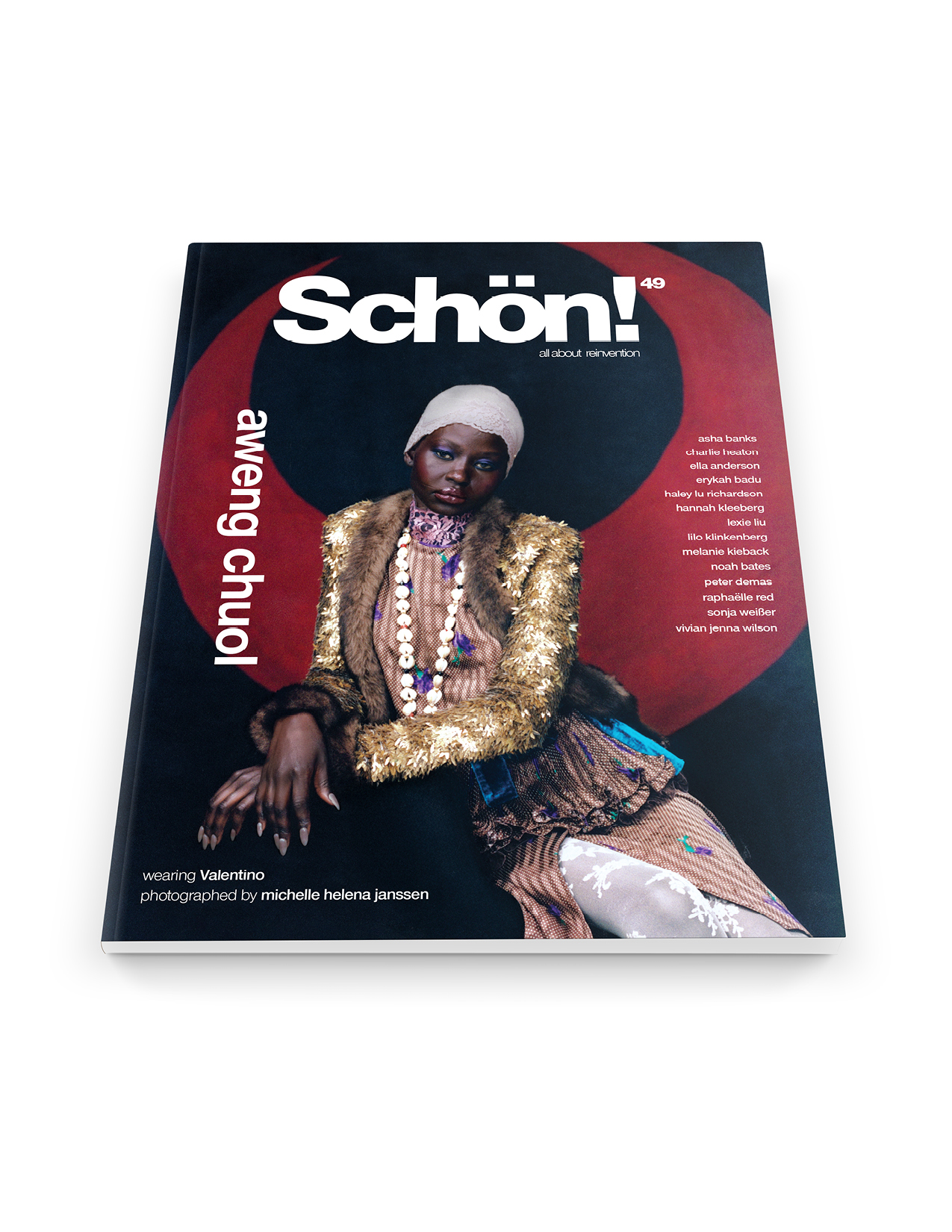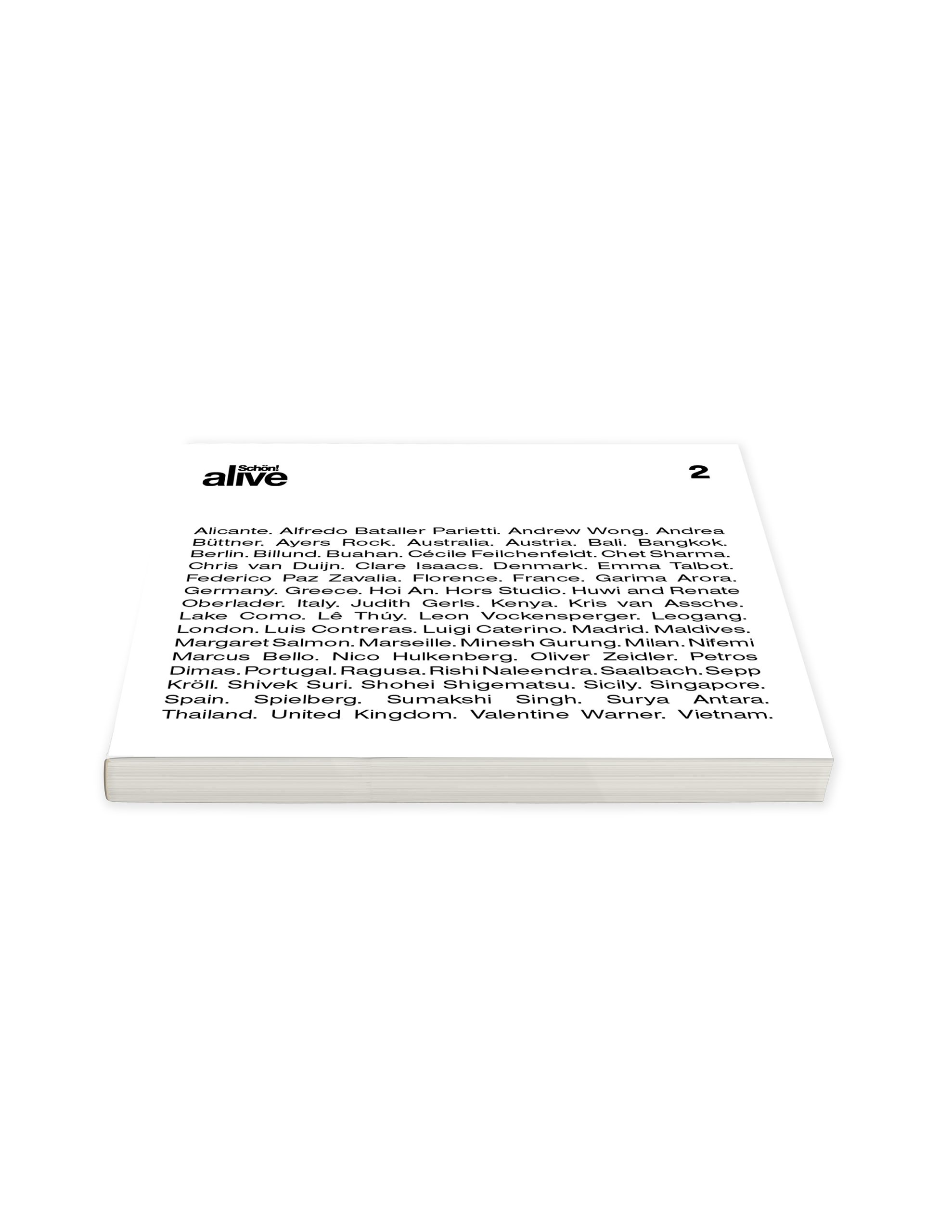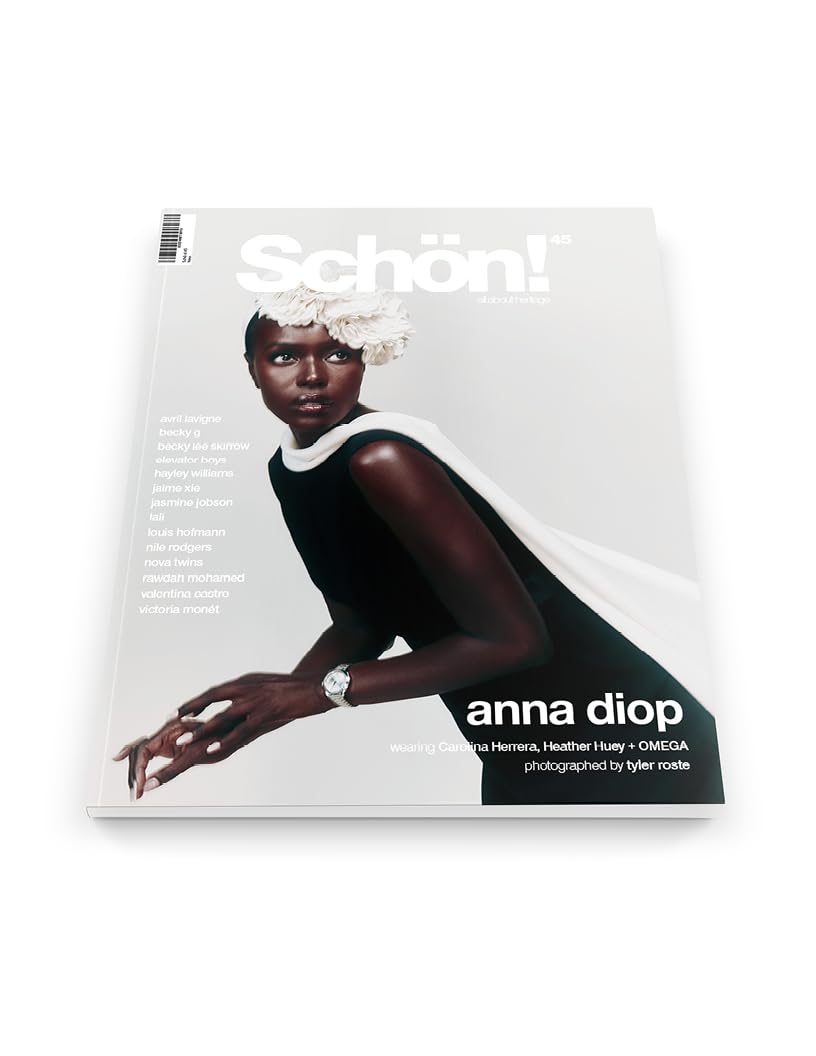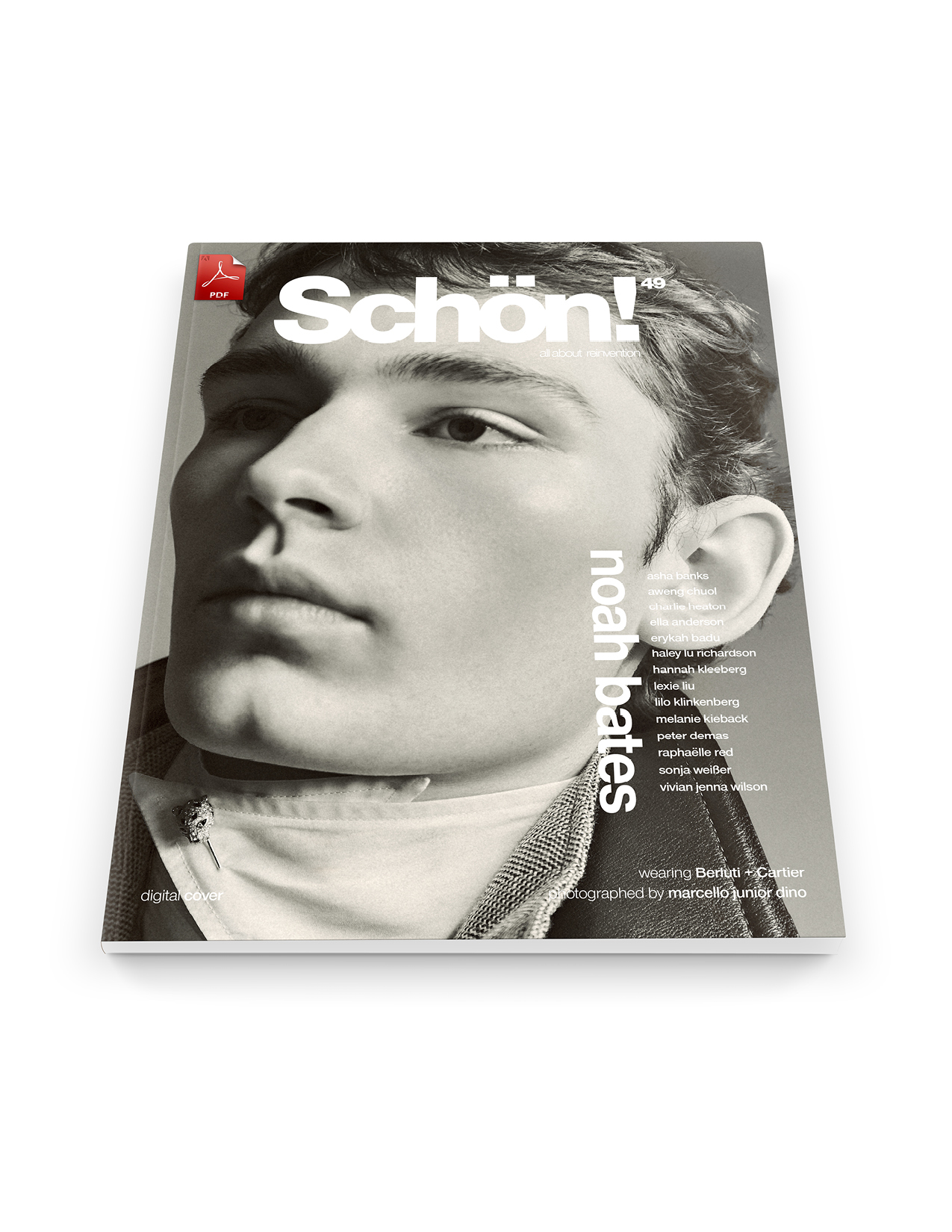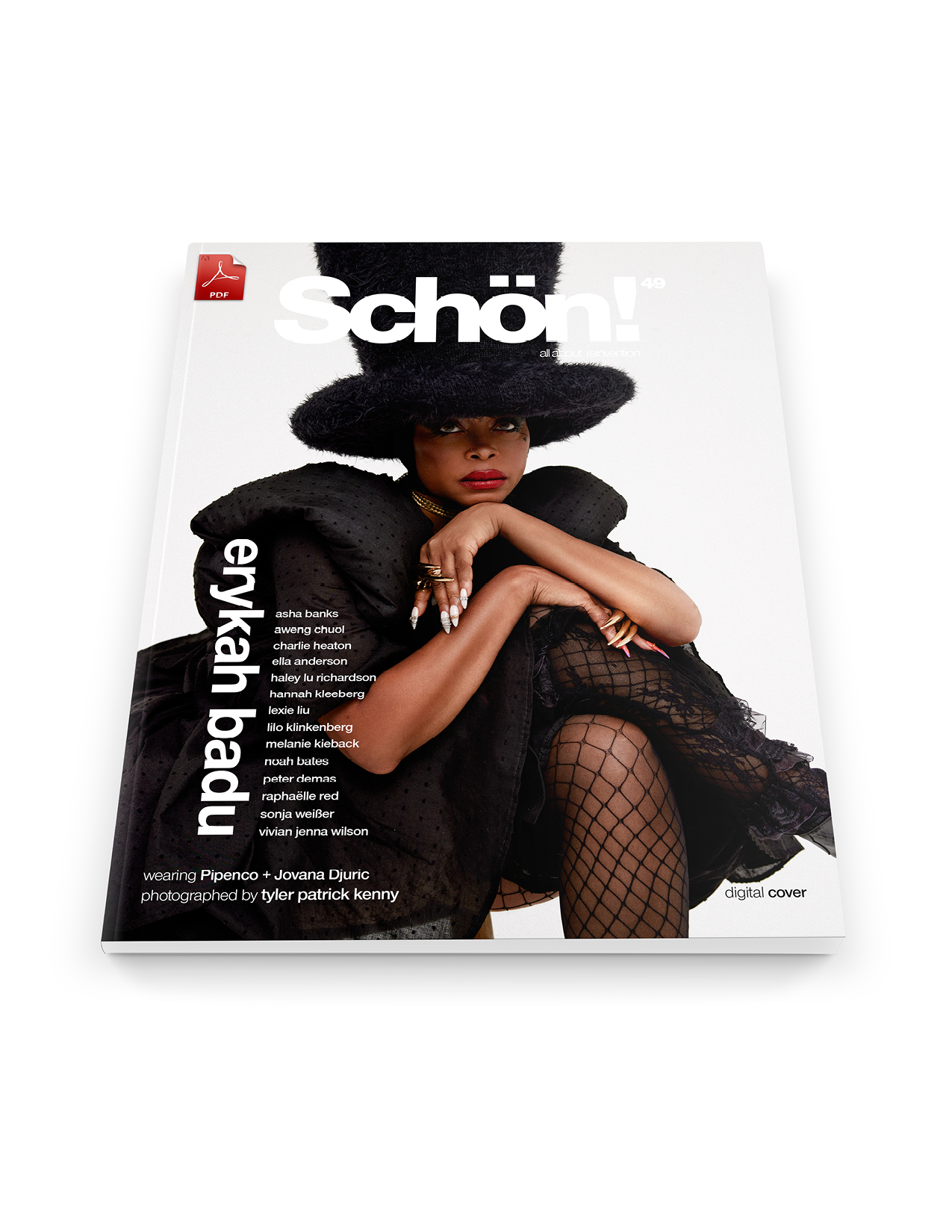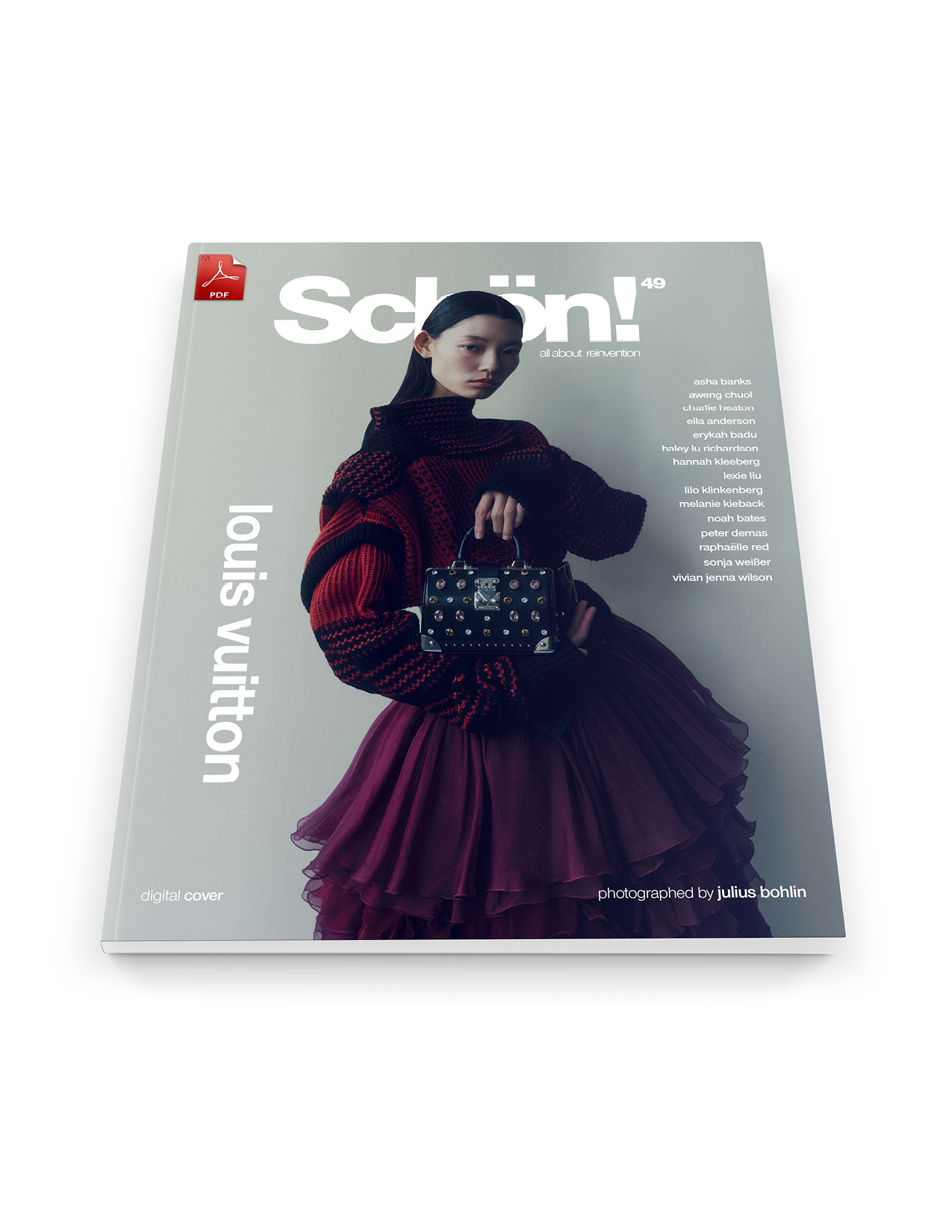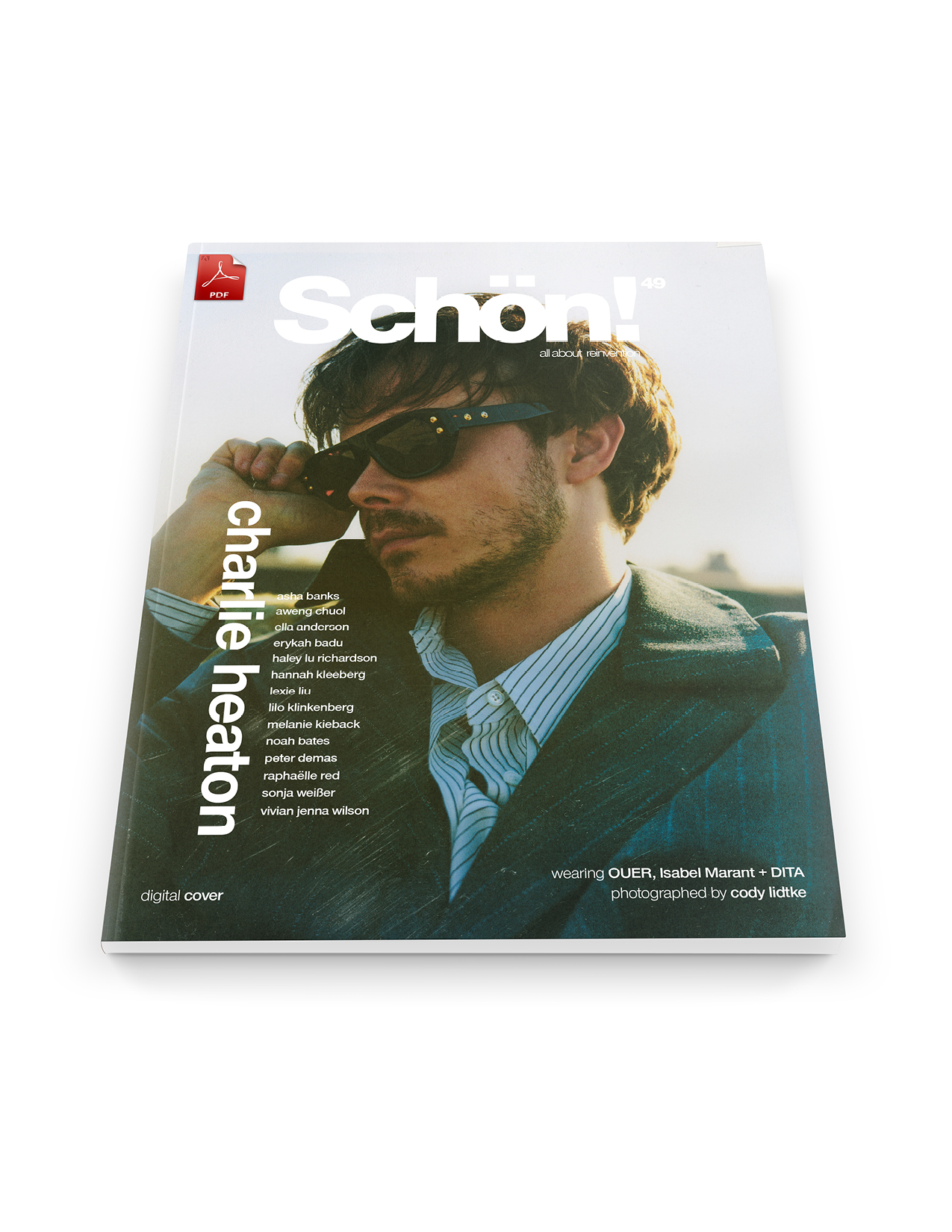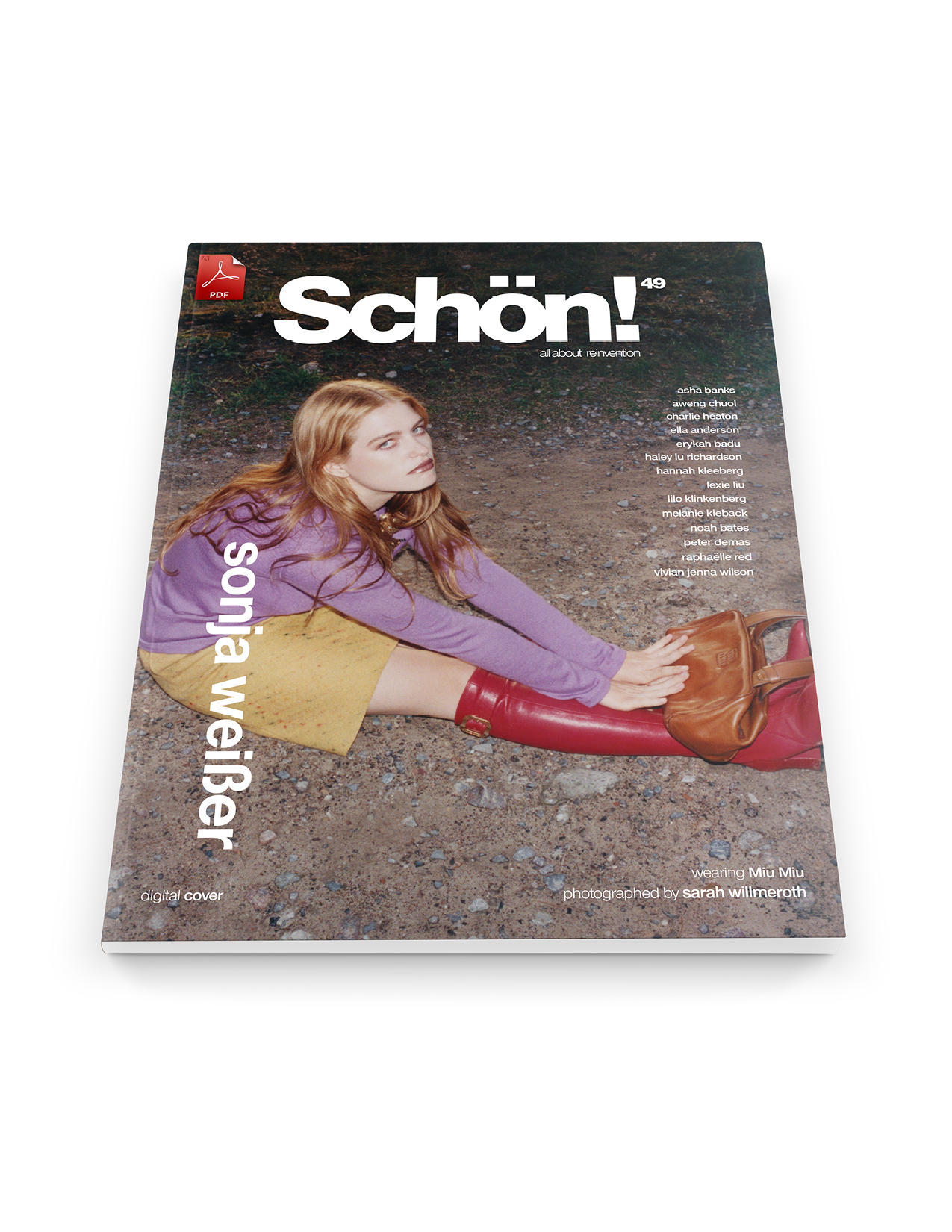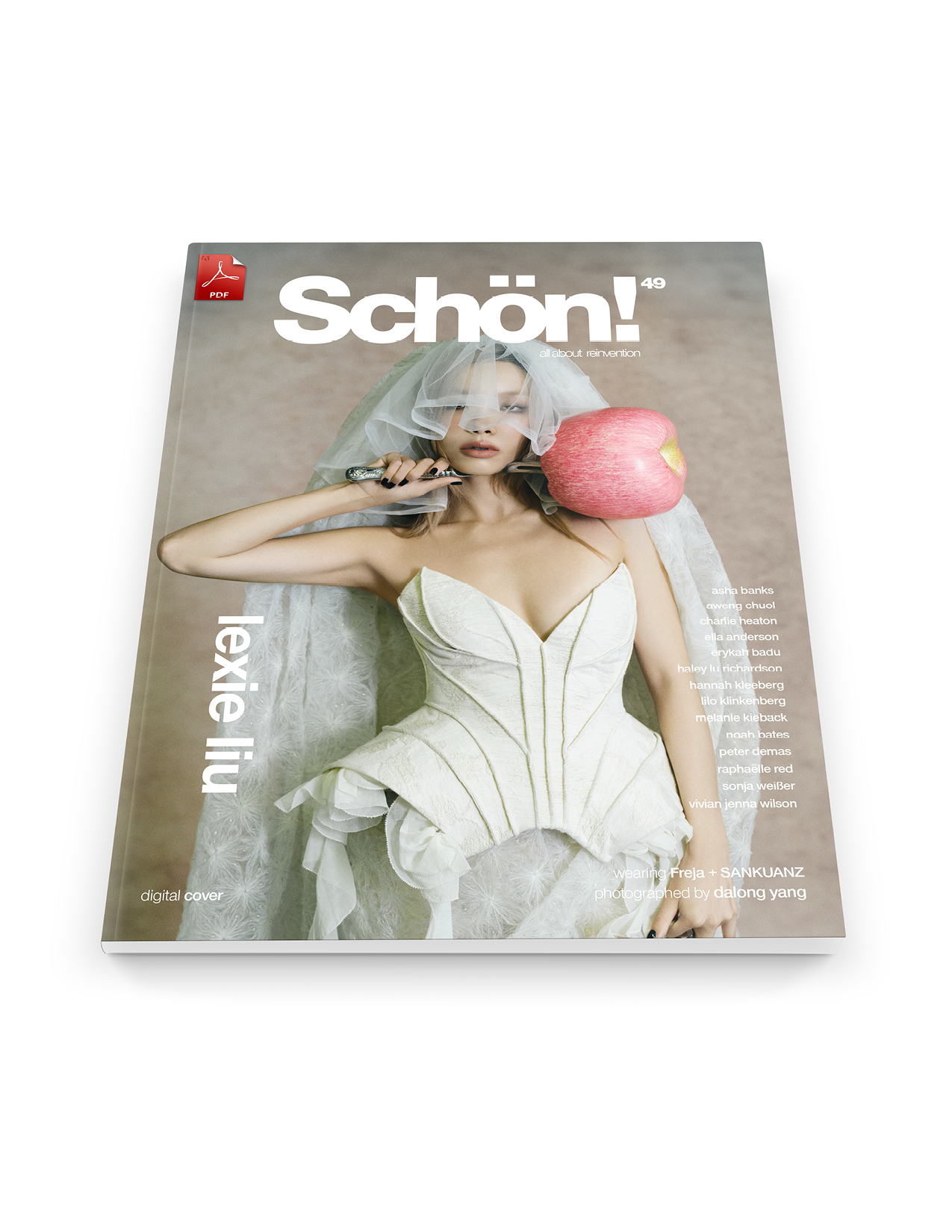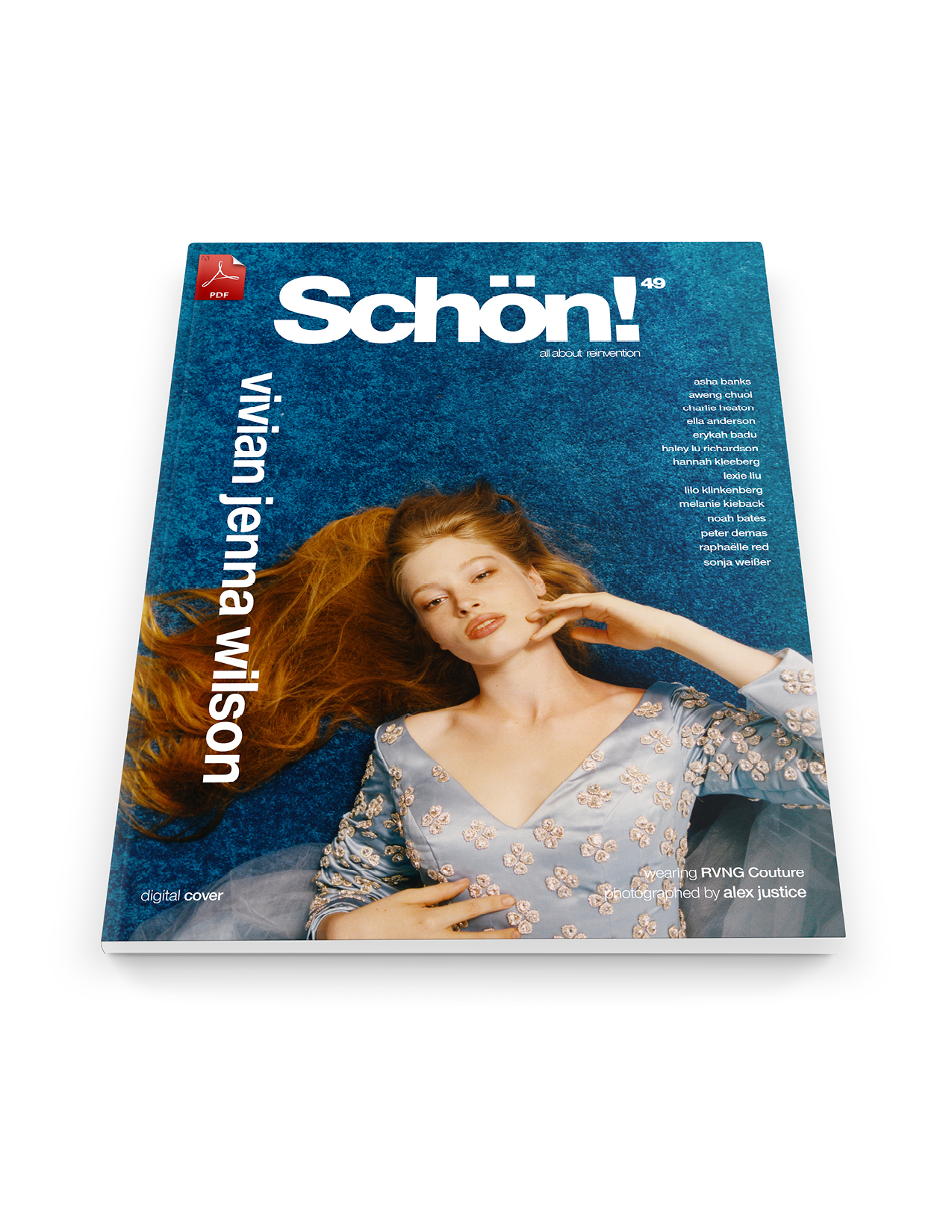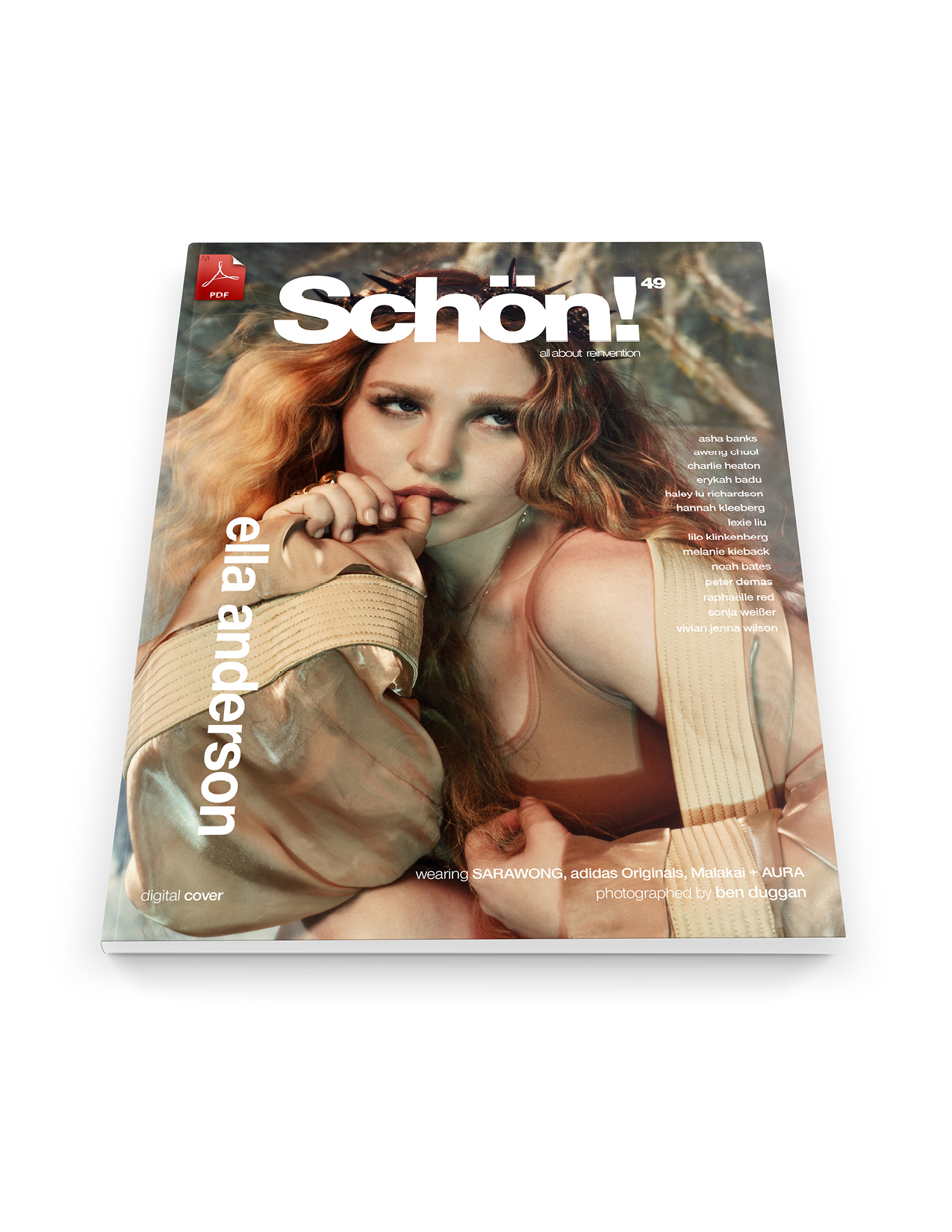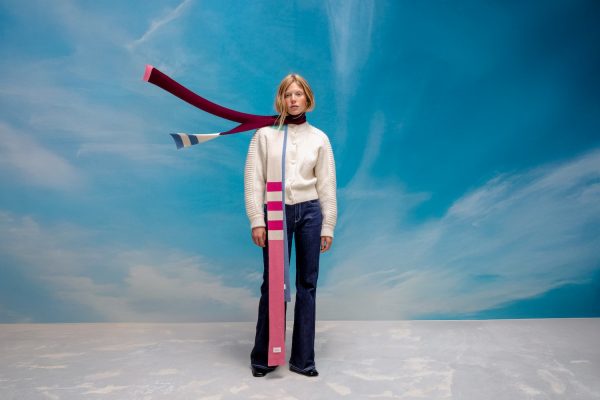
top. BATSHEVA
bottoms. Contessa Mills
tights. Stylist’s Own
There’s a certain coldness in Haley Bennett‘s Sidney Scofield. This aloof conduct is, most probably, honed by her apathy towards the ongoing violence in Apple’s ‘The Last Frontier’, which is set in Fairbanks, Alaska. It is already freezing and a somewhat cruel dwelling, at least in terms of its climate. But, when Scofield arrives there, the temperature seems even lower than before.
She’s a riddle to both the spectator and Jason Clarke’s Frank Remnick, Deputy U.S. Marshal, who has to protect his local community while investigating a local plane crash, which sets free multiple fugitives. What really happened? And, why is Scofield there? We are left with so many questions, yet Bennett’s character will be rather unwilling to give any practical answers.
In conversation with Schön!, Bennett discusses all things ‘The Last Frontier’, explores her acting style and explains her approach to playing both strong and vulnerable heroines.

dress. Pipenco
rings. Susan Alexandra + Ming Yu Wang
Is it every actor’s dream to star in a 1990s-like, Con Air-inspired TV show?
Well, I adore the espionage genre – one of my favourite films is ‘Three Days of the Condor’ (1975), and I’m also a huge fan of the Jason Bourne franchise. So, you can imagine my excitement related to ‘The Last Frontier’! Although, it’s a huge challenge to take on these kinds of projects, which require an understanding of their aesthetics and a different type of skill set.
What’s the difference between appearing in a film and a TV show, acting-wise? You’ve noted several times that ‘The Last Frontier’ felt refreshing, due to its format.
The pace constantly changes, as you’re performing incredible and well-choreographed action scenes, while you also have to shoot a couple of intimate sequences, purely based on dialogue. It can be ruthless, especially when it is such high-end material.
Your Sidney Scofield moves in mysterious ways – we know nothing about her apart from how relentless she is. It’s a deliberate strategy to introduce her to the audience from this certain angle, right?
Sidhey is a person who has to keep her cards close to her chest, so it’s an interesting kind of dance between her and the audience. As she is full of secrets, Sidney feels deeply, but rarely shows it.
Because she can’t let her guard down.
Exactly – Sidney is dealing with a lot of trauma that she needs to hide to survive. She arrives at the Alaskan outpost not as a hero, but as someone trying to rebuild herself. Simultaneously, she must put on this act and have a rather cold exterior, while still trying to gain Frank’s trust. She’s careful, observant and completely self-contained. What makes Sidney appealing to me is this tension between her competence and vulnerability. Sidney is also steady under pressure, operates with emotional intelligence and reads a room before anyone else does. To all of that, we can add a past that she doesn’t advertise and resilience that seems almost inconvenient in those circumstances.
Perhaps this Alaskan landscape is a place that actually suits her, as it allows Sidney to escape her own reality.
She definitely finds a lot of solitude in it, while her relationship with Jason Clarke’s Frank, whom she meets there for the first time, becomes the central arc of her narrative. It is not a love story, but rather a certain collision of two people, who have never had it easy, but still have to determine if trust is even possible between them.
Their connection is built on silence, their shared wounds and understanding that truth is something incredibly intimate between them. That’s an emotional layer behind their connection. Across the seasons, Sidney’s evolution is subtle, but seismic. The show’s creator, Jon Bokenkamp, successfully created this delicate juxtaposition of action and emotion.
Was there a certain on-screen chemistry between you and Clarke?
For actors to have chemistry, they need to respect each other. Jason is a producer of our show, and he was the reason I got chosen for this part. In 2020, we made this film together, ‘The Devil All the Time’. Since then, we had hoped to work together again, and Jason became my champion. There was a lot of trust built between us, and he took me under his wing, as he does in the show! Even if Sidney doesn’t need such mentorship, there’s some inner beauty and respect in it.

top. BATSHEVA
bottoms. Contessa Mills
tights. Stylist’s Own
You also mentioned silence, which is inextricably linked to Sidney in this show. Would you agree you’re an actress who knows how to play with it? And, how to make it her greatest ally?
Silence is an excellent metaphor for my career. I’ve become less interested in performance and more eager to flirt with “presence.” When I was younger, I was always trying to get it right, so that everyone would see it. And now, I just want to be honest. As an actress, I gravitate towards roles that are demanding psychologically and emotionally. The more personal the material, the more I can allow the character to reveal herself in real time. By this, I don’t need to force her to behave in a purely cinematic way. Silence is golden when it comes to my acting.
There is an adage saying that every actor has a little secret to their performance. Is that right within the context of ‘The Last Frontier’?
Secrets are the engine of our show, and they are essential to all of the characters depicted on screen. Everyone (actors, writers and directors) needs to focus on the characters’ secrets, as that is what makes a performance live, pushing it to be more humane and vulnerable. At some point, I began to feel that I had got my Sidney right. Whenever I’m playing my characters, I don’t like being “in my head.” I want to go for a ride with my roles, and there is a sense of free-falling within that, if I feel everything is in the right place. For a moment or two, I’m just my character.
As an actress, you also often play with props, especially in this show. Guns are one of them, obviously, but there is alcohol, too. It allows Sidney to escape her problems. Even so, she tries to become a part of this community and also wants to rebuild her relationship with her sister.
Sidney has a dependency on alcohol – she is able to release her pressure gauge that she can release and escape the entire shitstorm that has been raining down on her life. I was interested in Sidney’s flaws and acknowledging all of her personal demons.
Through hard booze, she suppresses them.
Yes, because she’s a contradiction. In one moment, she’s in control, and at the other, she’s quite messy and unpredictable. And, alcohol plays a certain role in this chaos! As an actress, I felt a great deal of understanding towards Sidney, considering all the impossible choices she has been facing.
Throughout the episodes, when we get to know Sidney better and learn about her past, she becomes even more relatable. Whenever I play my characters, I want them to be emotionally honest. I want my daughter to go back and see that her mother is not afraid to tell certain truths through her performances. Even if all of it is dirty and erratic, I still find a lot of joy in becoming those women – and I don’t bring any of this stuff home, which is also fantastic!

dress. Ulla Johnson
opposite
dress. Ulla Johnson
Can we talk about spoilers?
Let’s do it!
At the end of the third episode, we discover that Havlock (Dominic Cooper), the show’s main antagonist, is Scofield’s husband. She really relied on him, so now Sidney attempts to reclaim her autonomy and independence.
Sidney is constantly doubted, and she is also not the loudest character or the most outgoing personality.
All of it makes it even more challenging for her to be heard. She reminded me of Hunter from ‘Swallow’ (2019).
I lean towards characters who are striving to maintain a sense of control over their lives. They might not be aware of it, but they still can do it subconsciously. However, Sidney’s case doesn’t necessarily apply to this description.
Episode eight is a game-changer, making us reevaluate our personal attitude towards Sydney.
Unlike in ‘Swallow’, this woman is carrying a burden that nobody knows about. In this sense, we are talking about similar premises, yet they remain distinct individuals.
Is it easier for you today to stand in front of the mirror and say, “I’m an actress”?
Nowadays, I have a lot more confidence in myself than I’ve ever had. I was a part of numerous projects, ranging from indie films to blockbusters, and I’ve produced or written various pieces. Now, I feel much less passive. I trust my instincts and I’m able to articulate them fully. This change in my approach stems from my experience – even being a mother has brought out the best in me!
As a woman, I also feel more in my body than I have ever been. I feel like a woman who is in control – and that is a superpower. As an actress, I can call myself a valuable collaborator, which hasn’t always been the case. Although I am still filled with doubt, it is essential to face your fears and still do things that scare you. Courage is not a lack of fear – I feel my confidence and belief in myself will make me unstoppable!

jacket. Rachel Antonoff
shoes. Stylist’s Own
‘The Last Frontier’ is streaming now on Apple TV.
photography. Alexandra Arnold
fashion. Andrew Gelwicks
talent. Haley Bennett
hair. David von Cannon
make up. Alice Lane
photography assistant. Daniel Roa
fashion assistant. Kyle Gleason
hair assistant. Monique Francis
interview. Jan Tracz







